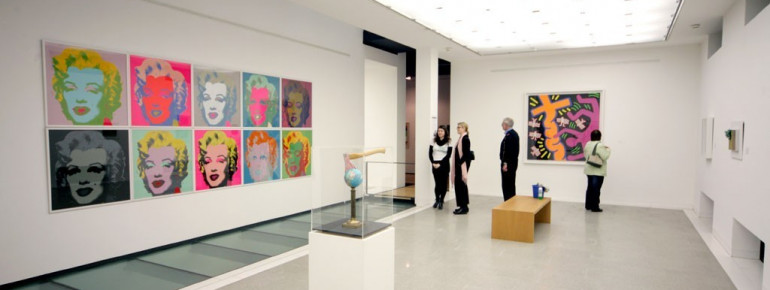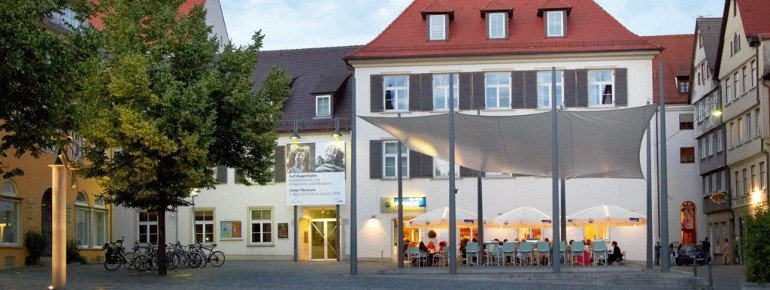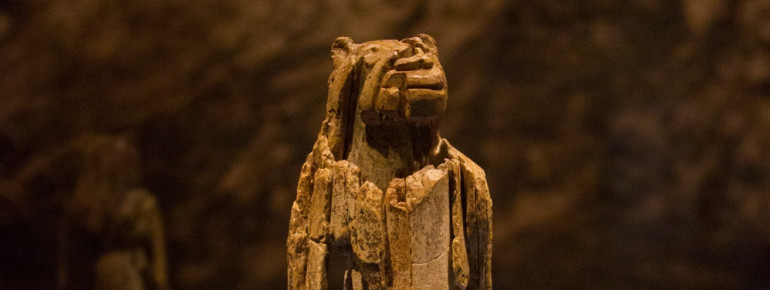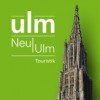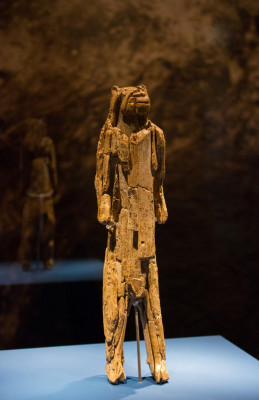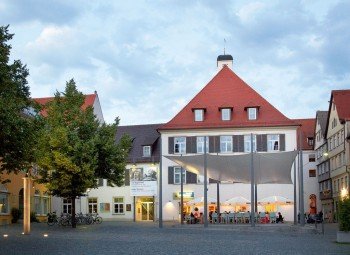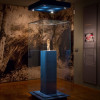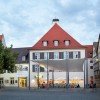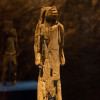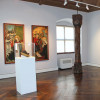Contents
Description
Ulm Museum is divided into three sections: archaeology, Old Arts, and Modern Arts. You can explore them individually or in the course of a guided tour. Furthermore, there are regularly changing special exhibitions.
Archaeology
The archaeological section of Ulm Museum comprises exhibits from the time of the Neanderthan over the late Middle Ages up until the Early Modern Age. The lion person, one of the oldest carvings in the world, is among the highlights in this area. It is more than 35,000 years old, and was made out of elephant ivory. It was found at Hohlenstein cave at Lonetal valley, which is a Unesco World Heritage site, along with five other ice age caves, since July 2017.
Old Arts and City History
This is where exhibits from the Middle Ages to the end of Ulm's time as an imperial city in 1802 are on show. The focus lies on late Gothic art and sculptures from Ulm and Upper Swabia. At 'Kunst- und Wunderkammer' (chamber of arts and wonders) you can marvel at pieces from Christoph Weickmann's collection. He collected all kinds of objects from exotic countries in the 17th century.
Modern Age
The last permanent exhibition area deals with contemporary art from the 20th century on. That includes a graphic collection, Kurt Fried's collection as well as the HfG archive of Ulm Hochschule für Gestaltung.
Historical Information
Ulm Museum emerged from the association for art and antiquity in Ulm and Upper Swabia in 1925. Art historian Prof. Dr. Julius Baum was the museum's first director. Adolf Häberle took over during the time of National Socialism. For ideology reasons, the museum was turned into a museum of local history only during that time. Many pieces of art were confiscated. Later, the original concept of the museum was restored. In 1978, Kurt Fried's collection was integrated into the museum. In 1991, the HfG archive was added.
Interesting facts
- Ulm Museum is among the 10 best rated Tourist Attractions in Baden-Württemberg.
How to get there
Public transportation:
- Take bus lines 4, 5, 6 or 9 to Ulmer Museum (stop: Rathaus)
- From the main train station you can also walk to the museum (15min)
By car:
- Coming from the north: Take A7 towards Ulm until Ulm/Elching. On A8 towards Ulm/Stuttgart continue and exit at Ulm-west onto B10 to Ulm/Friedrichshafen.
- Coming from the east: On A8 towards Stuttgart take exit Ulm-west and drive onto B10 towards Ulm/Friedrichshafen.
- Coming from the south: Take A7 towards Ulm until Hittistetten and turn on B28 until ecit Bismarckring/B311 and continue towards Donaueschingen/Stadtmitte.
- Coming from the west: Take A8 towards munich, take exit Ulm-west onto B10 towards Ulm/Friedrichshafen.


